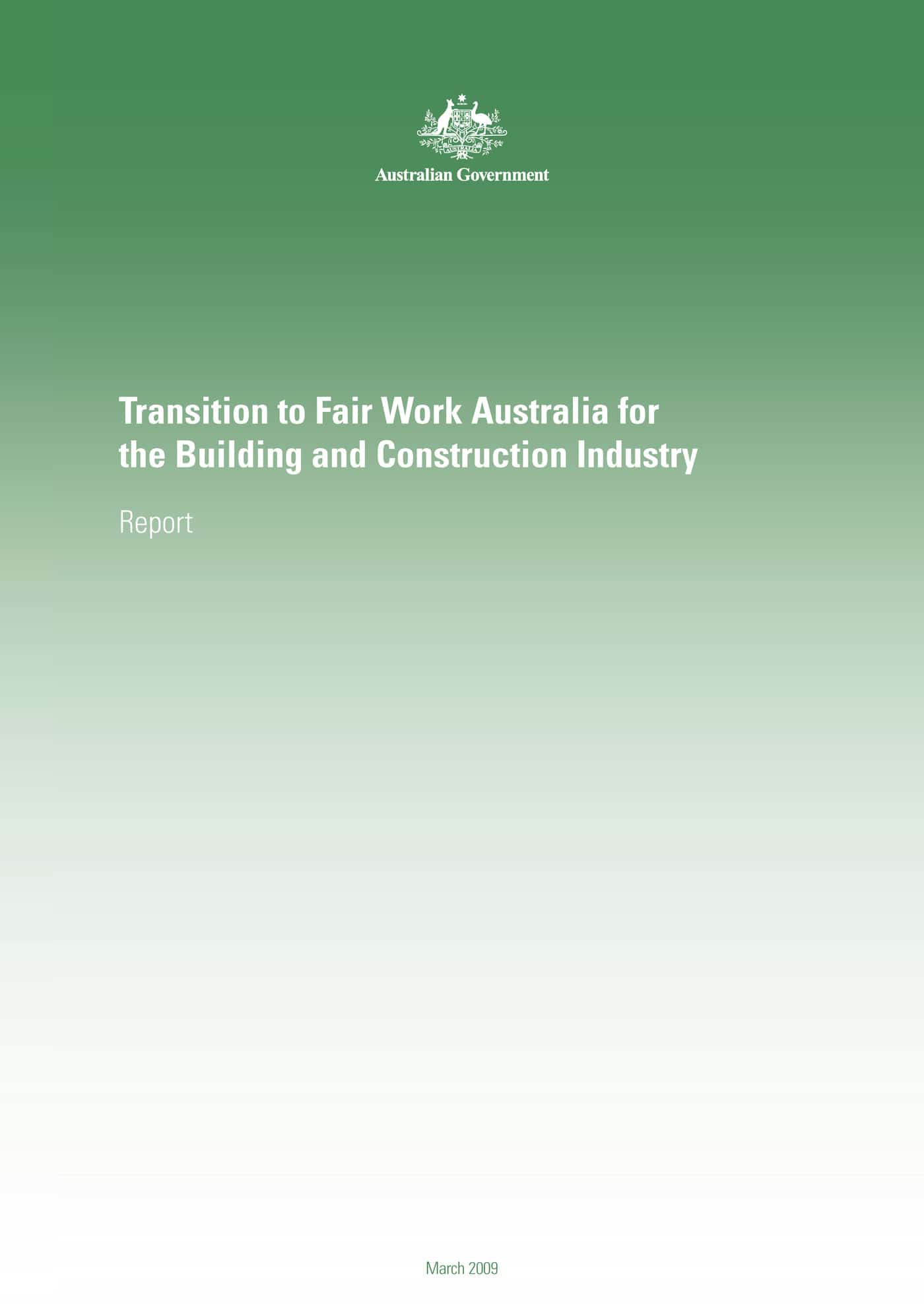At the Safety In Action Conference recently, Geoff Knox, CEO of Downer EDI spoke about the need to respect speed limits on roadwork sites. He mentioned this because his company conducts a lot of this type of work, but anyone who has driven through such a zone at the reduced speed limit sees many cars and truck travelling much faster, and only metres away from workers.
Crikey.com included a rumour in its 9 April 2009 bulletin that says on a stretch of the Monash Freeway that is being widened, that
“..within the Vic State Government that there is a tacit understanding not to police this stretch of road outside of peak hours and that between 50% & 60% of drivers are speeding. “
There are many instances where “tacit understandings” evolve into, or are considered, corruption and it is very disappointing that speed cameras, or other speed enforcement tactics, are not being applied in a circumstance where the need has never been more obvious.
Police threatened a blitz on the Monash in November 2008 if speed was not reduced.
In typical Crikey styles, there is a suggestion that there is a political advantage in this for nearby shaky electorates but the rumourmonger’s final comment brought the rumour into our context.
“Vicroads are known to be particularly concerned about worker safety, particularly at night when work is being undertaken. There is a tragedy waiting to happen, and the finger pointing after the fact will be most interesting.”

 It should be stated here that SafetyAtWorkBlog does not support the ABCC. The Commission is a travesty and a political construct of the conservative side of politics. That the Rudd Labor government has allowed the Commission to persist is atrocious. However, the ABCC was established because of the perception that the Australian building and construction industry was corrupt, regardless of the absence of evidence through the Cole Royal Commission. Has the construction unions addressed this perception? No.
It should be stated here that SafetyAtWorkBlog does not support the ABCC. The Commission is a travesty and a political construct of the conservative side of politics. That the Rudd Labor government has allowed the Commission to persist is atrocious. However, the ABCC was established because of the perception that the Australian building and construction industry was corrupt, regardless of the absence of evidence through the Cole Royal Commission. Has the construction unions addressed this perception? No.

